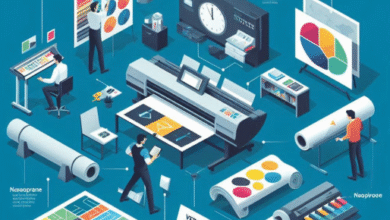
Certainly! Here are 30 points discussing fashion icons through the decades and their timeless style inspiration, along with their pros and cons:
Fashion Icons Through the Decades: Timeless Style Inspiration
1920s:
- Flappers: The 1920s introduced the flapper style, known for its short dresses and bobbed hair.
- Coco Chanel: Coco Chanel’s designs revolutionized women’s fashion with simplicity and comfort.
- Pro: Liberation from restrictive clothing and the embrace of comfort.
- Con: Limited options for those who prefer more conservative styles.
1930s:
- Katharine Hepburn: Known for her tailored, menswear-inspired fashion.
- Art Deco: The era embraced the Art Deco movement, influencing fashion aesthetics.
- Pro: Promotion of women’s empowerment through fashion.
- Con: Limited acceptance of non-traditional gender fashion.
1940s:
- Rosie the Riveter: The wartime icon represented strong, independent women.
- Utility Fashion: Rationing led to practical, utility-driven clothing designs.
- Pro: Resilience and adaptability in fashion during challenging times.
- Con: Limited material choices and style options during wartime.
1950s:
- Marilyn Monroe: The epitome of glamour, her style featured curve-enhancing silhouettes.
- Dior’s New Look: Christian Dior introduced the iconic “New Look” with nipped waists and full skirts.
- Pro: Celebrated feminine beauty and elegance.
- Con: Emphasized traditional gender roles and body ideals.
1960s:
- Twiggy: Known for her mod, androgynous style and the “Twiggy” haircut.
- Hippie Fashion: The counterculture embraced free-spirited, bohemian fashion.
- Pro: Promoted self-expression and individuality.
- Con: Tensions between conservative and counterculture fashion.
1970s:
- Farrah Fawcett: Her feathered hairstyle and flared pants epitomized ’70s style.
- Disco Era: Disco fashion featured bold prints, metallics, and dance-friendly attire.
- Pro: Embraced self-confidence and body positivity.
- Con: Excessive disco fashion may be seen as flashy.
1980s:
- Madonna: Iconic for her eclectic and daring fashion choices.
- Power Suits: Power dressing with bold shoulders and assertive style.
- Pro: Encouraged individuality and self-expression.
- Con: Some ’80s fashion can be seen as excessive and dated.
1990s:
- Grunge Style: Influenced by bands like Nirvana, characterized by flannel shirts and ripped jeans.
- Minimalism: The ’90s also embraced minimalist fashion with clean lines and simple designs.
Pro: Promoted a return to simplicity and authenticity.
Con: Some view grunge as too casual for certain occasions.
2000s and Beyond:
- Kate Middleton: Known for classic and elegant style.
- Retro Revival: Fashion cycles revisited styles from previous decades.
- Pro: Celebrated timeless, classic fashion.
- Con: Can be seen as safe or less innovative.
In conclusion, fashion icons through the decades have left a lasting impact on style, promoting individuality, empowerment, and self-expression. However, some styles may also perpetuate traditional gender roles or be perceived as excessive. Fashion’s evolution continues to draw inspiration from these timeless icons.




